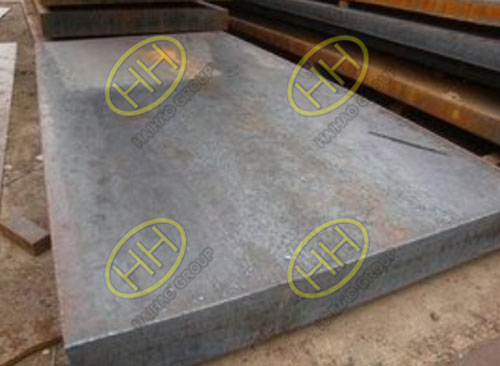Difference between SS400 and Q235 material
A client from Hongkong asked me flanges with JIS standard and it material is SS400,also he asked me a question,is SS400 equal to Q235 material? If not,is there any different between them?If you have same question,please read the following carefully.
What is SS400?
SS400 is a way of marking the Japanese steel material,equivalent to the domestic Q235 steel.The first “S” represents “steel”,the second “S” represents “structure”,and 400 is the lower limit of tensile strength of 400MPa,and the whole represents the common structural steel with a tensile strength of 400MPa.Q represents the yield of this material,the latter 235,refers to the yield value of this material, at about 235MPA.With the increase of the thickness of the material, the yield value decreases.Because the carbon content is moderate,the comprehensive performance is good,the strength,the plasticity and the welding and so on are well matched.Often rolled into a wire rod or bar,square steel,flat steel,angle steel,steel frame,steel plate.Widely used in construction and engineering structures.
SS400 material compared with Q235 material:
SS400 material is basically equivalent to Q235 material in China(equivalent to Q235A).However,there are differences in specific indicators.Q235 requires C,Si,Mn,S,P and other elements,but SS400 only requires S,P less than 0.050.The yield point of Q235 is greater than 235 MPa, while that of SS400 is 245 MPa.SS400 (steel for general structure) means general structural steel with tensile strength greater than 400 MPa. Q235 means ordinary carbon structural steel with yield point greater than 235 MPa.The standard number of SS400 is JIS G3101.The standard number of Q235 is GB/T700.
Haihao Group can supply SS400 material and Q235 material steel pipes,pipe fittings and forged flanges,if you want to know more about our products,please email us:sales@haihaogroup.com


